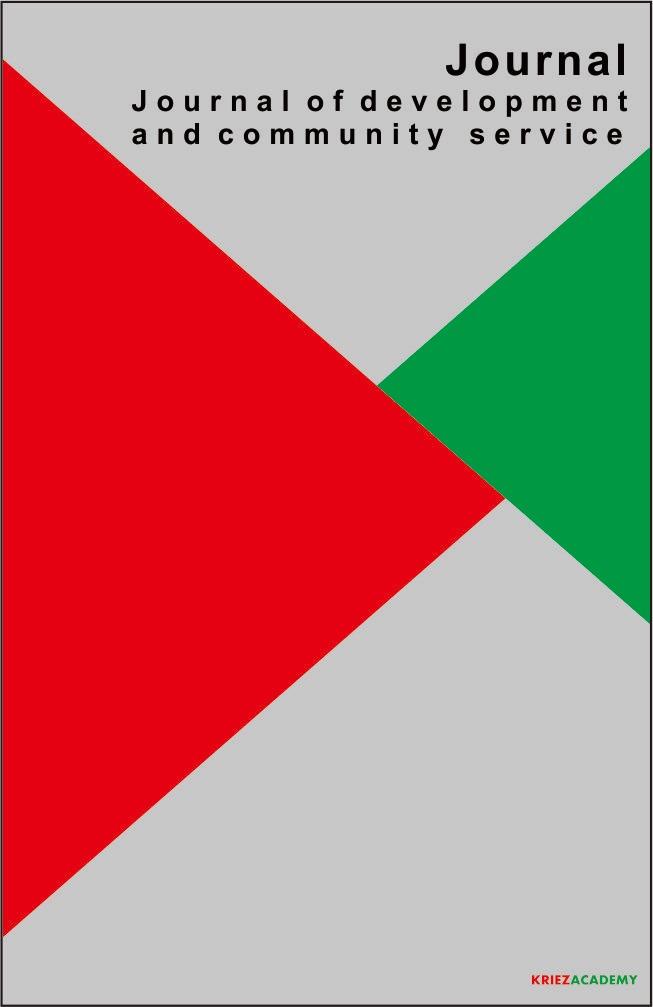Bridging the Financial Inclusion Gap Through Fintech: Evidence from Literature on Banking Digitalization and Community Impact
Keywords:
financial inclusion, fintech, digital banking, underserved populations, inclusive innovation, neobanks, agency bankingAbstract
This literature-based paper analyzes how fintech-driven banking digitalization contributes to narrowing the pervasive financial inclusion gap, particularly among underserved populations. It draws from a synthesis of global studies on neobanks, agency banking, and digital identification (ID) integration to critically assess how technology fundamentally transforms access to finance. The paper systematically examines the operational models, observed outcomes, and critical success factors of these initiatives. Furthermore, it discusses strategic policy implications for fostering inclusive innovation, emphasizing that the balance between regulatory oversight and technological advancement is crucial for sustainable impact. This review contributes to the discourse on development finance by providing a comprehensive, evidence-based understanding of the mechanisms through which fintech can be leveraged to create more equitable and resilient financial ecosystems in emerging markets.
Downloads
References
• CGAP. (2022). Inclusive Fintech: Bridging Access Gaps in Low-Income Markets. Consultative Group to Assist the Poor. Retrieved from https://www.cgap.org
• GSMA. (2023). State of the Industry Report on Mobile Money. GSMA Mobile for Development. Retrieved from https://www.gsma.com
• IMF. (2023). Fintech for Financial Inclusion: A Global Perspective. International Monetary Fund. Retrieved from https://www.imf.org
• Jack, W., & Suri, T. (2016). The Long-Term Effects of Mobile Money on Financial Behavior. Science, 354(6317), 1288–1292.
• Morduch, J., & Ogden, T. (2021). Fintech and Financial Inclusion: Examining the Evidence. Development Policy Review, 39(2), 180–200.
• UNCDF. (2022). Digital ID and Financial Inclusion: Emerging Practices. United Nations Capital Development Fund. Retrieved from https://www.uncdf.org
• World Bank. (2022). Digital Financial Inclusion in the Wake of COVID-19. World Bank Open Knowledge Repository. Retrieved from https://openknowledge.worldbank.org
• WEF. (2021). Responsible Digital Banking in Emerging Markets. World Economic Forum. Retrieved from https://www.weforum.org
• Zhang, T., Yang, X., & Triki, T. (2022). The Role of Fintech in Reducing the Gender Gap in Finance. Journal of Development Economics, 156, 102–117.
• Zins, A., & Weill, L. (2016). The Determinants of Financial Inclusion in Africa. Review of Development Finance, 6(1), 46–57.

Downloads
Published
Issue
Section
License
Copyright (c) 2024 Nyoman Dwika Ayu Amrita (Author)

This work is licensed under a Creative Commons Attribution-ShareAlike 4.0 International License.












